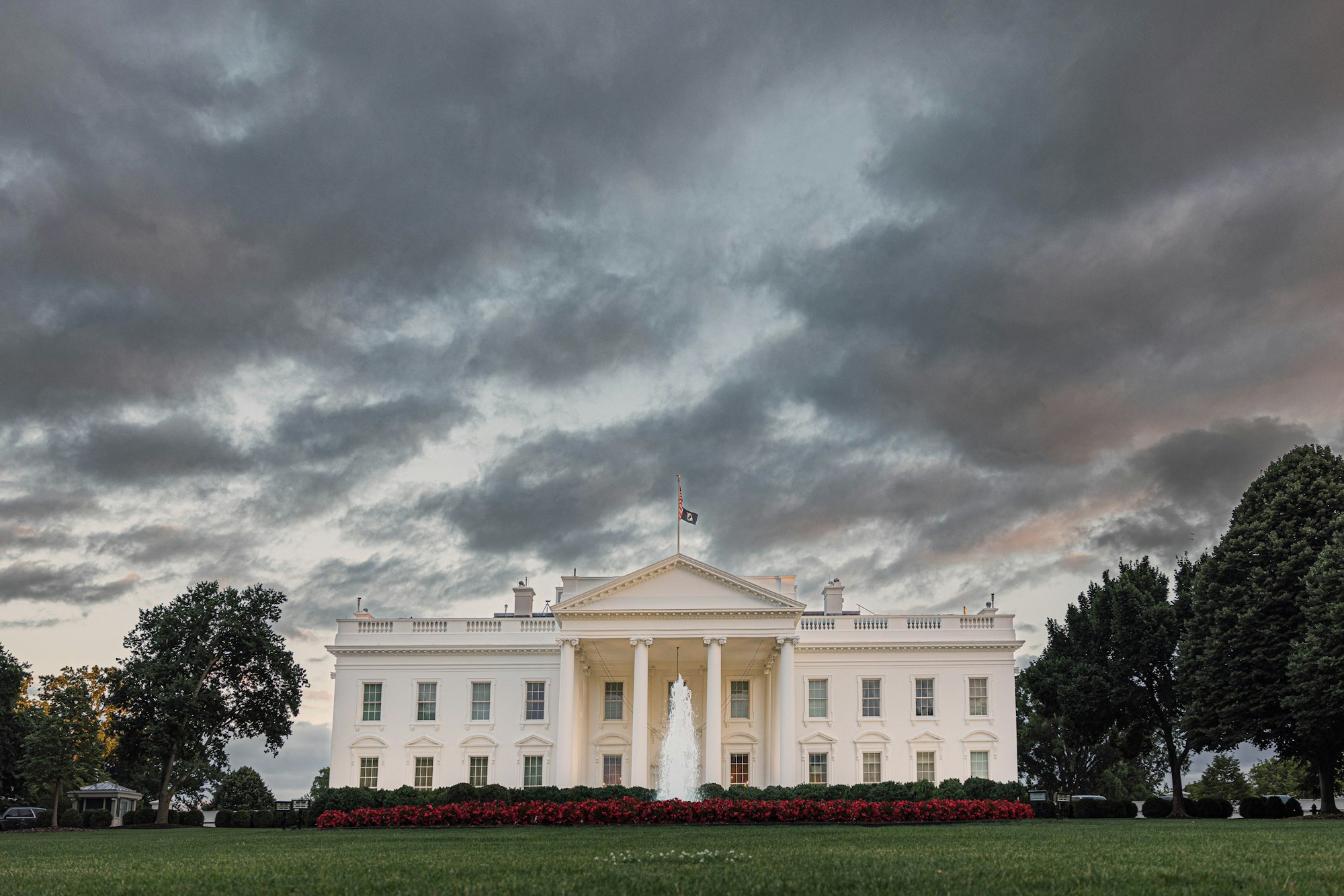When John Adams moved into the building now known as the White House, he imagined it as the people’s house. The first true public event held there, the New Year’s Day reception of 1801, opened its doors to ordinary citizens. Adams continued a tradition started by George Washington, who invited the public to greet the president in his residence in New York and Philadelphia. It was a radical idea at the time: government not as spectacle, but as service.
Thomas Jefferson widened that welcome. Adams’ 1801 reception had been small, but Jefferson threw open the doors more freely, greeting everyday Americans alongside diplomats, officials, and military officers. Having lived in Paris, he brought back a taste for French cuisine — meals prepared by his enslaved chefs, James and later Peter Hemings. Jefferson greeted visitors with handshakes instead of bows, rejecting the trappings of monarchy and the rigid ceremony of European courts. There were no speeches. Jefferson avoided them due to a lifelong stutter but his informality set a new tone for American democracy.
Even the architecture reflected that ethos. Jefferson shifted the White House’s main entrance to the north side, creating a flow of movement that symbolized openness. For more than a century, the New Year’s Day “open house” reception continued, until security and crowding finally forced its end.
Today, that spirit feels all but demolished. The East Wing, home to decades of history, is being torn down to make way for a new addition: a massive, $300 million ballroom commissioned by Donald Trump.

When first announced in mid-2025, the project was estimated at $200 million. By October, the cost had climbed to $250 million. Now Trump says it’s closer to $300 million, citing the full demolition and rebuild of the East Wing. The White House claims the project will be fully funded by private donors — wealthy individuals, corporations, and Trump himself. By fall, $200 million in pledges had reportedly been secured. Critics, however, are raising alarms about transparency, donor influence, and what those billionaires might expect in return.
For most Americans, the outrage isn’t architectural, it’s moral. They’ll never set foot in the ballroom. They’ll never attend one of its glittering, invite-only galas. But they’ll feel the trickle-down effect of a system in which presidents and corporations trade access for influence.
Trump’s defenders call it “private funding,” but the costs always find their way back to the public through higher prices, tax breaks, and contracts that benefit the same donors footing the bill. The White House was meant to be a symbol of shared ownership. Now it’s a showroom for wealth and power.
Other presidents have changed the building before but always with purpose. Jefferson’s colonnades made it more functional. Madison rebuilt it after the War of 1812. Teddy Roosevelt created the West Wing. Taft added the Oval Office. Truman gutted and rebuilt the interior to keep it standing. Kennedy’s restoration, guided by the White House Historical Association, was rooted in preservation and scholarship.
Trump’s renovation stands apart not for what it adds, but for what it erases. The East Room, long the site of state funerals, civil rights milestones, and moments of collective mourning, has always been enough. A new ballroom isn’t about space. It’s about ego.
Even Nixon, who once considered adding one, thought better of it. Congress historically rejected such projects as too extravagant for a democracy. Yet Trump has managed to make that monarchy metaphor literal. As protesters march in “No Kings” rallies across the country, the president builds himself a palace.
Jefferson opened the doors to the people. Trump is closing them behind a velvet rope. His ballroom isn’t an extension of the People’s House, it’s a monument to himself. And that, more than any chandelier or gold leaf, is the most dangerous renovation of all.

